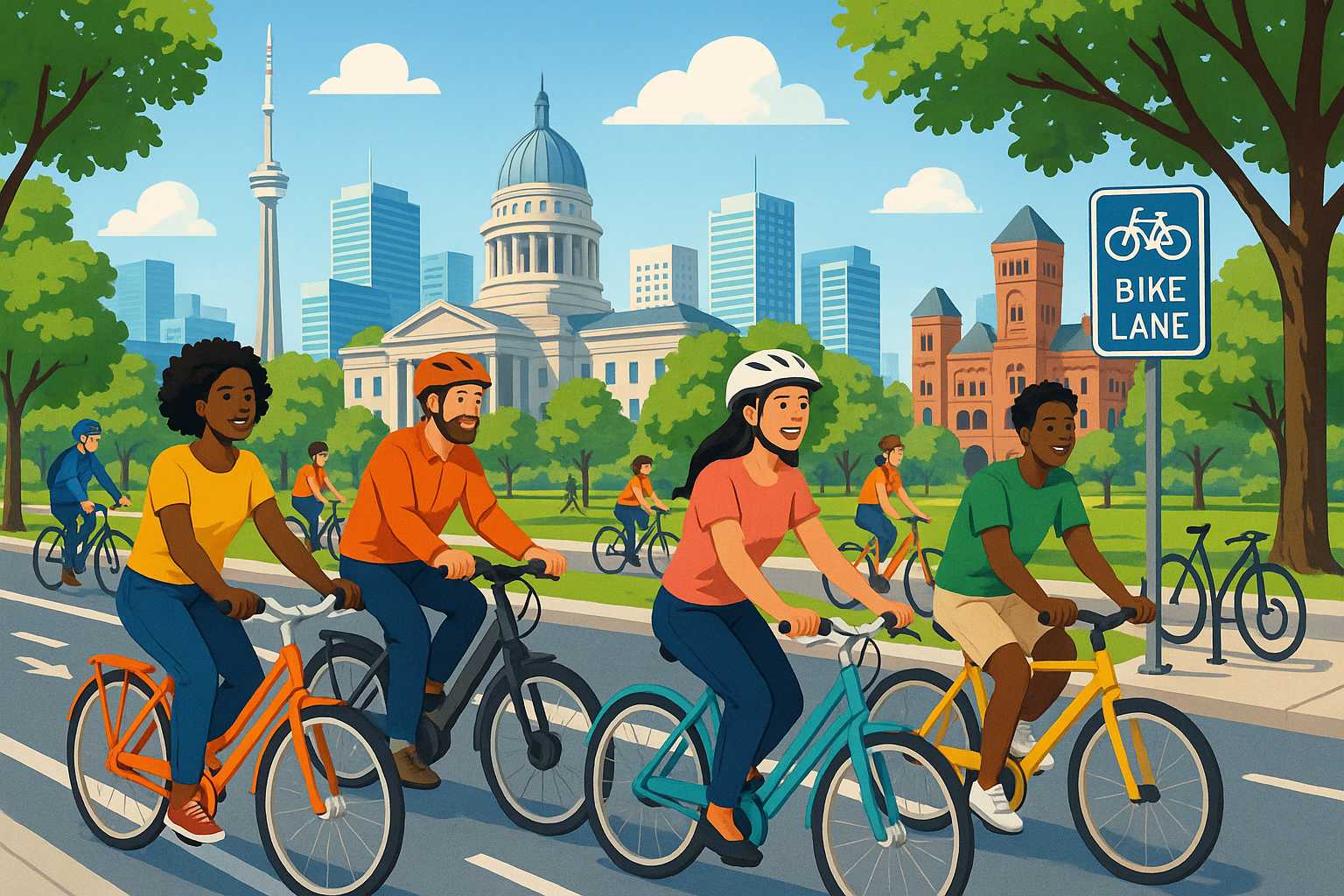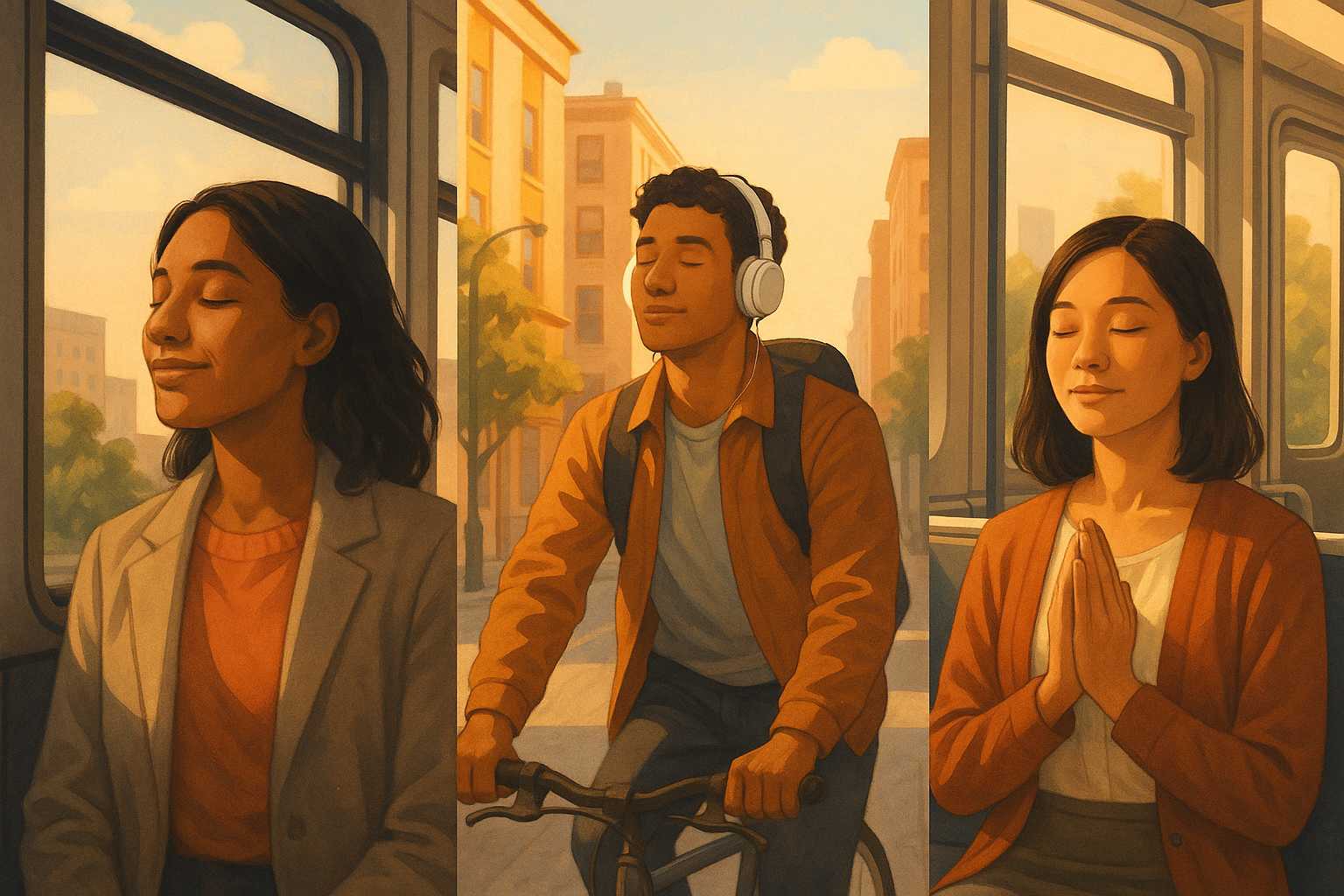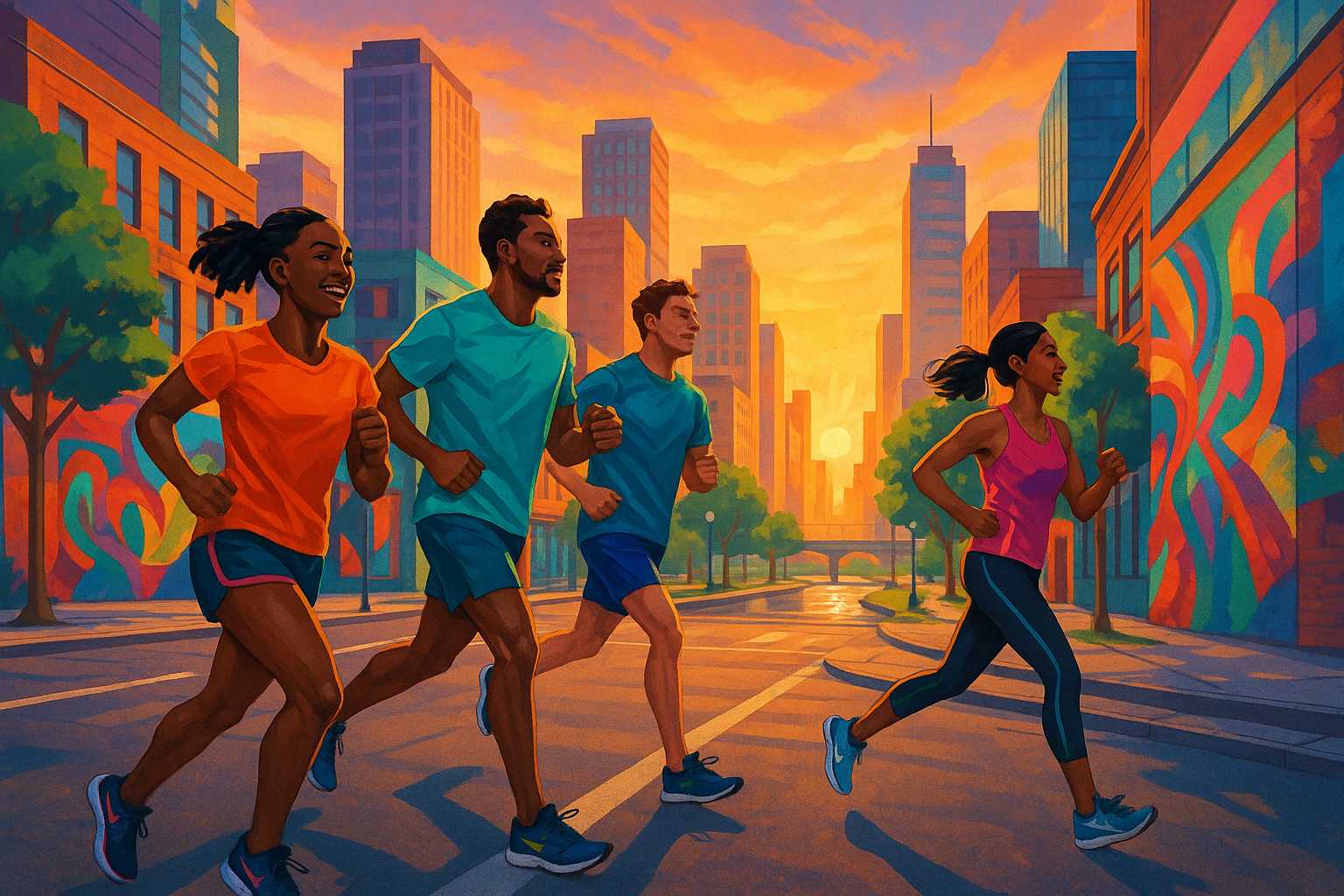Author: Leo
-

Embracing Urban Cycling: Rethinking City Transportation
In recent years, urban cycling has emerged as more than just a trend—it’s become a transformative movement shaping how cities function and how we experience daily life. With growing concerns over traffic congestion, air quality, and stress in urban environments, hopping on a bike is no longer reserved for fitness enthusiasts or eco-activists. Instead, cycling…
-

Why Mindful Commuting Matters: Transforming Daily Travel into Wellness Time
For many of us, commuting is an inevitable part of daily life—a time often spent in a rush, stress, or monotony. But what if we reimagined this routine as an opportunity for well-being, rather than just a means to get from one place to another? The Hidden Toll of Modern Commuting Research consistently shows that…
-

The Hidden Benefits of Walking Meetings: Moving Towards Creativity and Connection
In a world where back-to-back Zoom calls and desk-bound workdays are the norm, the simple act of taking a meeting on the move can feel refreshingly radical. Walking meetings—a practice where participants discuss business while taking a stroll—have quietly gained traction in companies focused on innovation, well-being, and team cohesion. But what exactly makes walking…
-

Digital Minimalism: Reclaiming Focus in a Noisy World
In an age where every moment seems saturated with digital noise, carving out space for intentional living has become both an act of self-preservation and a path to fulfillment. Digital minimalism — the practice of simplifying one’s relationship with technology — is gaining traction among those seeking clarity and control in their daily lives. The…
-

The Power of Structured Downtime: Why Rest is Essential for Innovation
In our fast-paced world, taking a break often feels like wasted time. Hustle culture glorifies activity and output, subtly suggesting that every moment should be packed with purpose. However, science and centuries of creative genius hint at a different truth: structured downtime is not just an indulgence—it is the fertile ground where innovation quietly blooms.…
-

Embracing Silence: The Art of Unplugging in a Hyperconnected World
In an era defined by constant notifications, endless scrolling, and relentless connectivity, the concept of unplugging has become both radical and restorative. As our devices grow ever more intertwined with our daily lives, reclaiming moments of silence is an increasingly vital act for our well-being and creativity. Why Silence Matters Silence is not merely the…
-

The Art of Slow Travel: Rediscovering the Journey
In our fast-paced world, the allure of speed is everywhere—high-speed trains, express flights, lightning-quick itineraries. But a growing movement of travelers is embracing a different philosophy: slow travel. Rather than racing from one attraction to the next, slow travel invites us to savor the journey, immerse ourselves in local culture, and form genuine connections with…
-

The Joy of Urban Running: Finding Freedom in City Streets
When we think of running, images of mountain trails and seaside paths often come to mind. But for urban dwellers, the cityscape itself can be the perfect playground for a rewarding run. Urban running is much more than maneuvering through busy sidewalks—it’s about discovering new perspectives, building resilience, and connecting with communities in surprising ways.…
-

Microadventures: Rediscovering Wonder in Everyday Life
In our busy, always-connected world, it’s easy to think that adventure requires a plane ticket, a packed suitcase, and weeks off from daily responsibilities. But there’s a growing movement celebrating the joys of "microadventures"—small, accessible, and meaningful excursions that fit into ordinary life. The Microadventure Philosophy Coined by British adventurer Alastair Humphreys, a microadventure is…
-

Mindful Mornings: How to Start Your Day with Purpose and Peace
In today’s fast-paced world, the way we begin our mornings can set the tone for the rest of our day. Many of us reach for our phones as soon as we awaken, diving headfirst into emails, social media, and the rush of daily obligations. But what if, instead, we approached our mornings with intention, mindfulness,…
